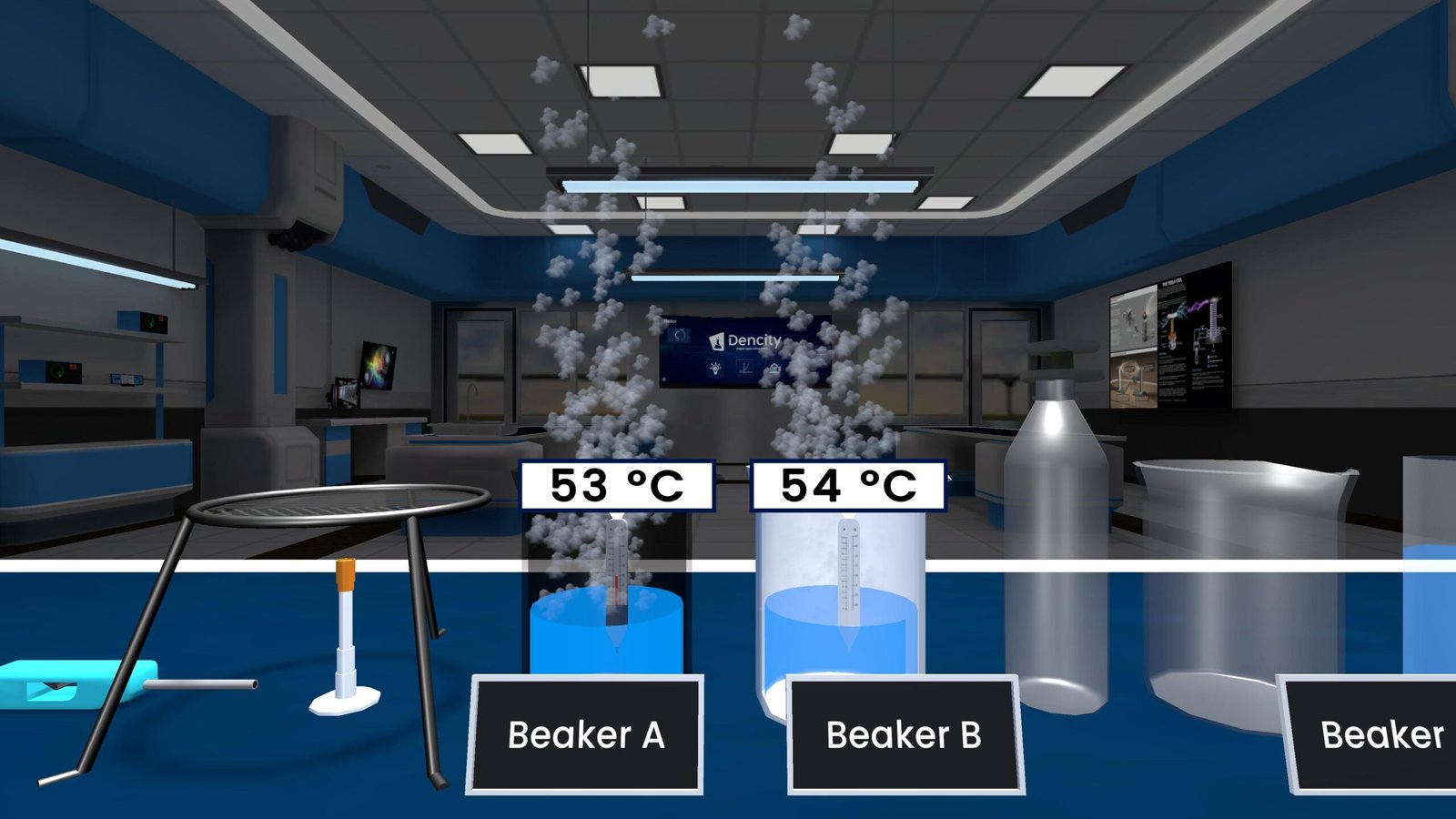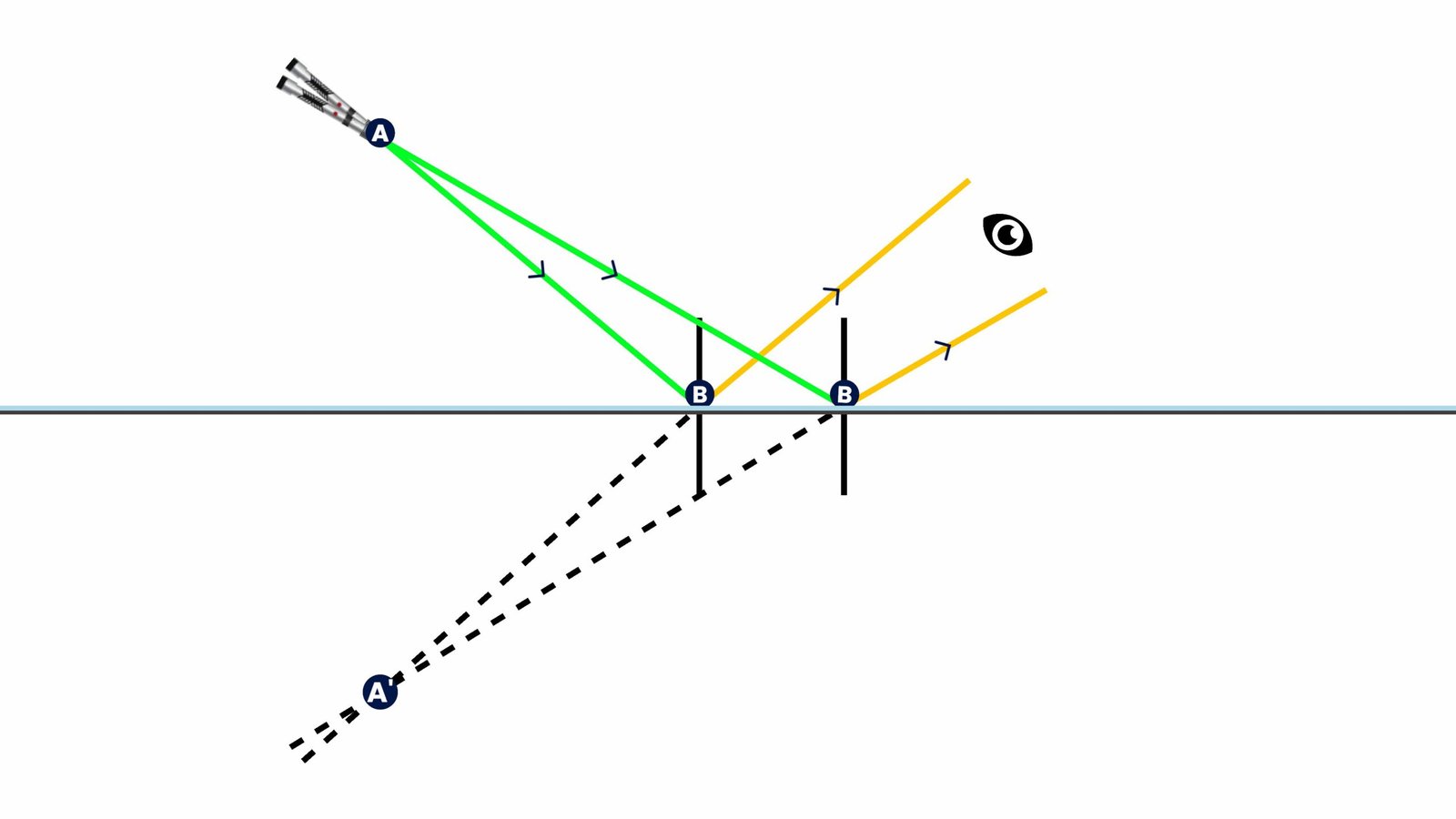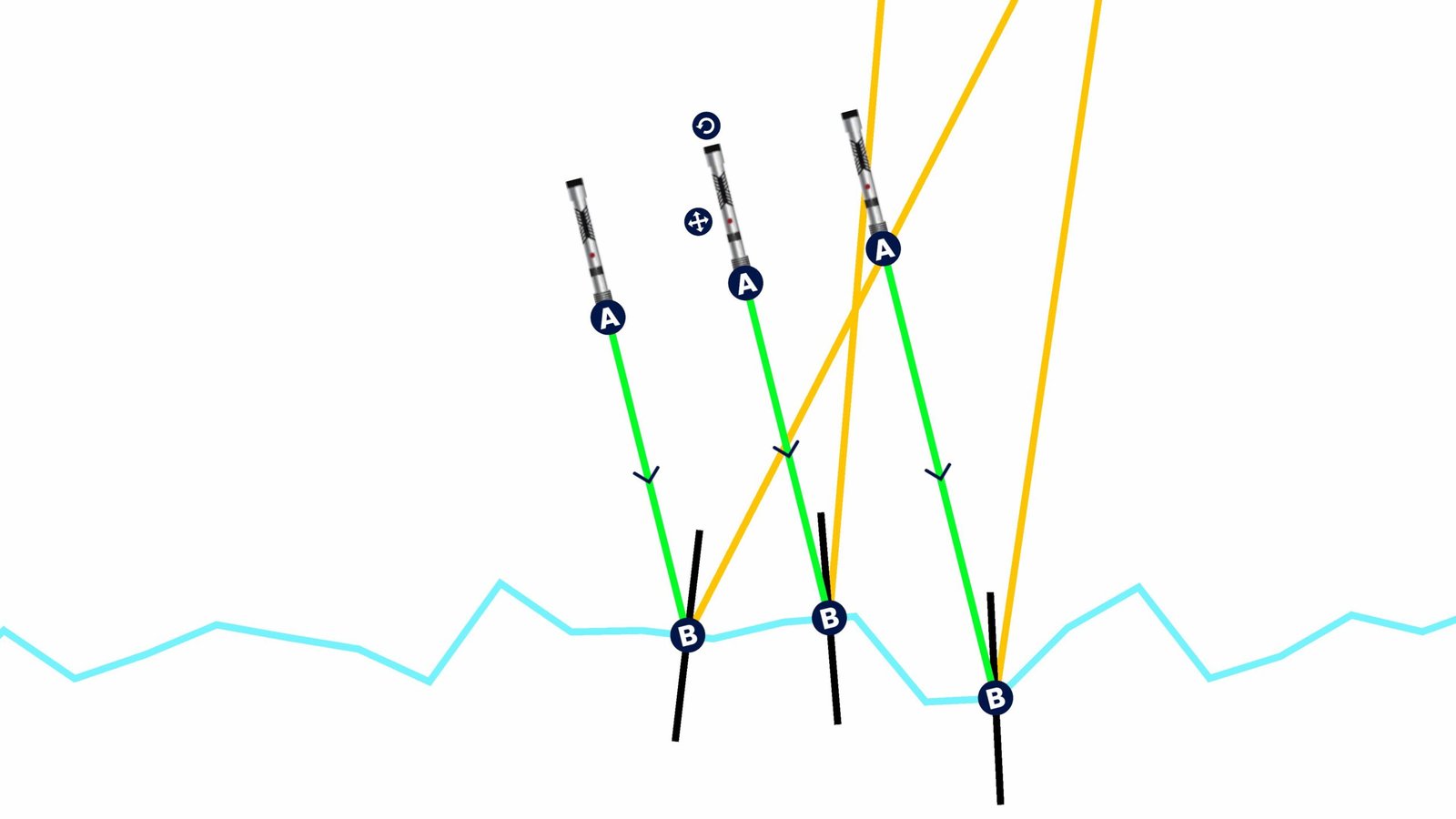Universal Law of Gravitation Experiment
Understanding the Concept
The Universal Law of Gravitation is one of the most fundamental laws in physics. It was formulated by Sir Isaac Newton and explains how every object in the universe attracts every other object. This attraction is called gravitational force. The strength of this force depends on two things:
- The masses of the two objects.
- The distance between them.
The more massive the objects, the stronger the gravitational force. However, the farther apart they are, the weaker the force becomes. This law can be written using a simple formula:
F = G × (m₁ × m₂) / r²
Where:
- F is the gravitational force,
- G is the gravitational constant, which is 6.674 × 10⁻¹¹ Nm²/kg²,
- m₁ and m₂ are the masses of the two objects,
- r is the distance between their centers.
This force is mutual, which means both objects pull on each other with equal strength but in opposite directions.
Real Life Applications of Gravitational Force
- Calculating the gravitational pull between Earth and satellites.
- Estimating how much something weighs on different planets.
- Understanding planetary orbits and space travel.
- Used in astrophysics to measure masses of stars and planets.
Important Observations
- More mass = more force: Increasing either object’s mass increases the force.
- More distance = less force: Increasing the distance reduces the force.
- Gravity is always attractive, never repulsive.
- It becomes negligible when dealing with very small masses or huge distances.
Summary Table: How Changes Affect Gravitational Force
| Change | Action | Effect on F |
|---|---|---|
| Increase m₁ | Raise Mass A | Increases Force |
| Increase m₂ | Raise Mass B | Increases Force |
| Decrease m₁/m₂ | Lower masses | Decreases Force |
| Decrease r | Move closer | Increases Force |
| Increase r | Move apart | Decreases Force |
Explore Gravitational Force with the Dencity App
The Dencity virtual science lab is your gateway to understanding complex science concepts like the Universal Law of Gravitation through virtual experiments. It provides interactive learning experiences for Class 9 science students, allowing them to simulate gravitational forces between objects without needing real lab setups.
On Dencity, you can:
- Change the masses and distances of two objects to observe how the gravitational force changes.
- See real-time calculations and step-by-step explanatiohttps://dencityapp.in/experiments/https://dencityapp.in/experiments/ns.
- Safely experiment as many times as needed, gaining deeper insights through visual simulations.
Dencity for Teachers
With Dencity, teachers can:
- Conduct interactive teaching sessions using the virtual science lab.
- Assign experiments as homework and track student performance automatically.
- Demonstrate live experiments during online or in-class sessions, making concepts like gravitational force more relatable and engaging.
Optimized for Interactive Touch Panels
Dencity works seamlessly on interactive touch panels, allowing smooth and intuitive control over experiments. This makes classroom learning more dynamic and interactive, especially in science labs.
Contact Us
Educational institutions looking to integrate virtual science labs can contact us for customized pricing and demos. Let’s bring the future of education into your classrooms today.
Frequently Asked Questions (FAQs)
- What does Newton’s Universal Law of Gravitation state?
Every object attracts every other object with a force that is proportional to their masses and inversely proportional to the square of the distance between them. - Why is gravitational force always attractive?
Because mass only attracts—it doesn’t repel—so the force between two masses is always a pull, not a push. - What is the value of the gravitational constant (G)?
It is 6.674 × 10⁻¹¹ Nm²/kg². - What happens if the distance between objects doubles?
The gravitational force becomes one-fourth as strong. - How is this law used in real life?
It’s used to calculate satellite orbits, space travel trajectories, and even the weight of objects on other planets. - Can this law explain planetary motion?
Yes, it helps understand how planets orbit stars and how moons orbit planets. - Why do astronauts feel weightless in space?
Because they are in free fall around Earth, experiencing microgravity. - Does this law work for very small particles?
Not effectively—gravitational force is too weak at atomic scales. - Is gravitational force the same everywhere on Earth?
No, it slightly varies based on altitude and latitude. - How can students learn this law using Dencity?
By performing virtual science experiments on Dencity that allow them to change variables and observe real-time results, making learning both fun and effective.







